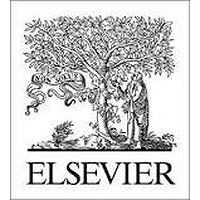The relationship between the disinfection by-products (DBPs) formed with chlorination and chloramination techniques and the water chemistry of Haihe River was compared. Samples were collected at 28 different points within the mainstream and tributaries of the river. The DBPs investigated include trihalomethanes (THMs), haloacetic acids (HAAs), haloacetonitriles (HANs), haloketones (HKs), and trichloronitromethane. THMs formed when the samples were chlorinated mostly exceeded 100 and 600 a in the mainstream and tributaries and in the estuary, respectively. A similar trend was obtained for HAAs whose concentrations exceeded 150 a in almost all samples. The amounts of DBPs formed when the samples were chloraminated were much lower than when chlorination was used. The concentrations and species of THMs and HAAs in samples collected from sites near the estuary were different from those in samples collected from the mainstream, which may be due to high concentrations of Cl- and Br-. Although natural organic matter is the major cause of DBP formation during water disinfection, this study shows that other water chemistry factors such as salt composition and concentrations may also considerably affect the formation of DBPs in natural aquatic systems. (C) 2016 Elsevier Ltd. All rights reserved.

Effect of water chemistry on disinfection by-product formation in the complex surface water system
Review badges
0 pre-pub reviews
0 post-pub reviews


